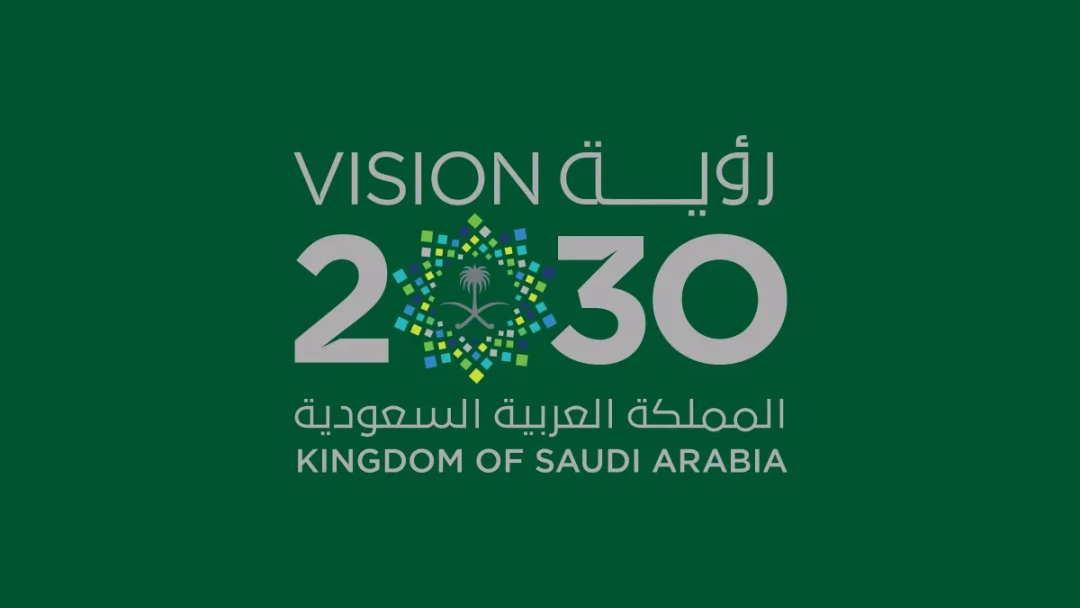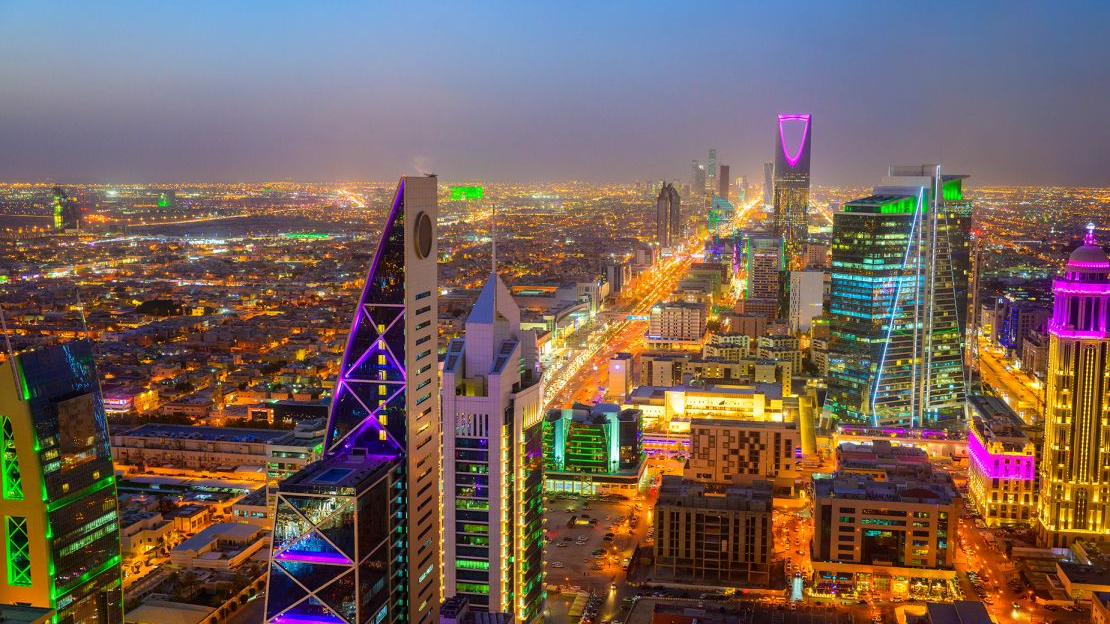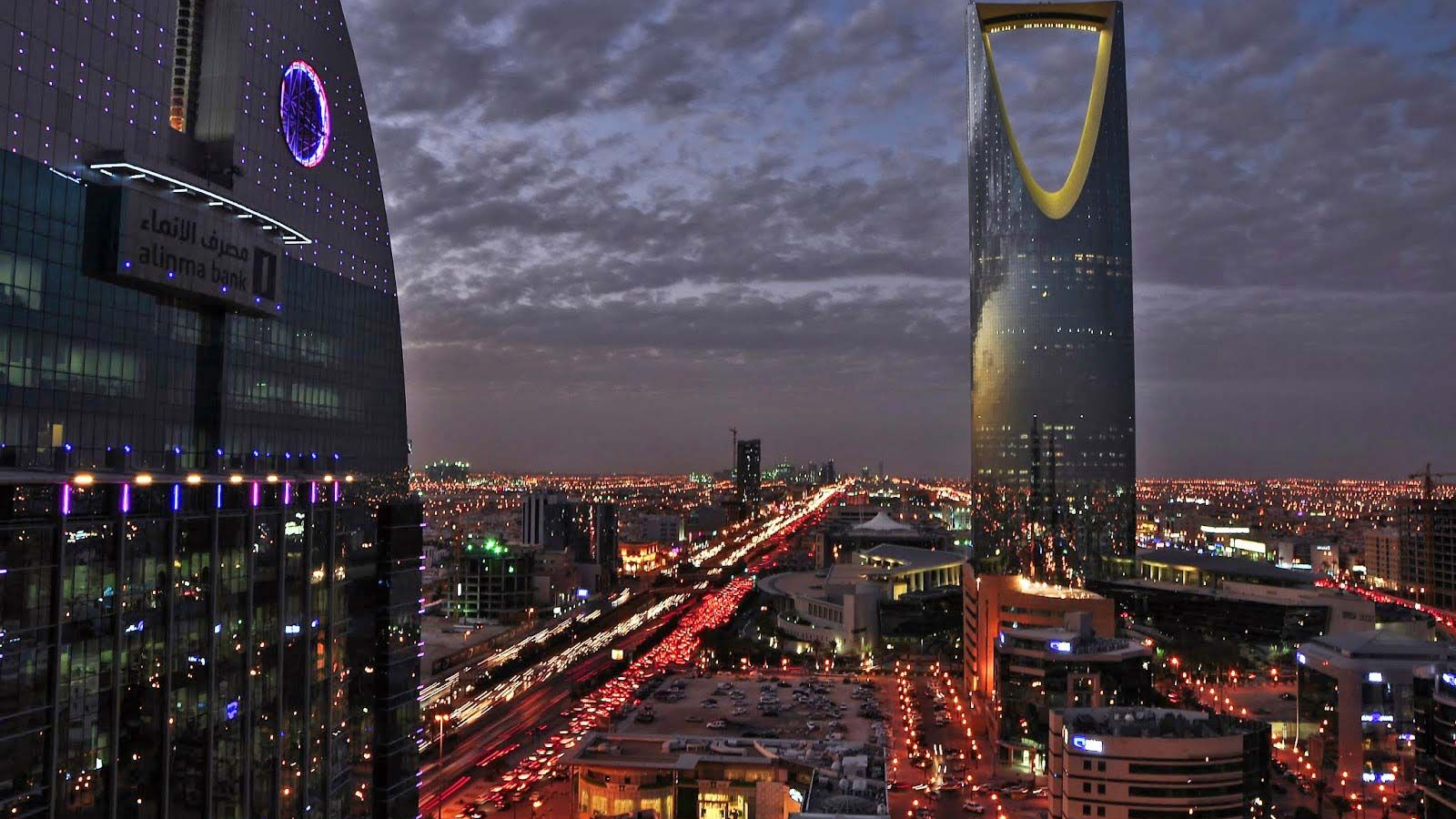Introduction
Saudi Arabia’s Vision 2030 initiative is transforming the Kingdom’s economic landscape through a bold strategy focused on diversification, sustainability, innovation, and global competitiveness. As the world shifts toward cleaner energy, digital transformation, and new consumer markets, Saudi Arabia is positioning itself as a regional and global leader in these arenas.
For investors, this transformation represents a unique window of opportunity. The Saudi government is not only opening up new sectors but also actively incentivizing private and foreign participation. In this blog, we will delve into the emerging investment opportunities aligned with Vision 2030, particularly in high-potential sectors such as renewable energy, tourism, and technology. We’ll also highlight key success stories and strategic considerations to help investors make informed decisions in 2025 and beyond.

Key Sectors Under Vision 2030
Overview of Sectors like Renewable Energy, Tourism, and Technology
Vision 2030 outlines a bold roadmap to transition Saudi Arabia from an oil-dependent economy to a diversified, knowledge-based economy. At the heart of this transformation are several core sectors offering robust investment opportunities:
- Renewable Energy: Saudi Arabia aims to generate 50% of its electricity from renewable sources by 2030. Major projects like the Sakaka PV Solar Power Plant and Dumat Al Jandal Wind Farm signal the Kingdom’s commitment to clean energy. Solar, wind, and green hydrogen are emerging as the cornerstones of this sector.
- Tourism and Hospitality: With ambitions to welcome over 100 million visitors annually by 2030, Saudi Arabia is investing over $800 billion into the tourism sector. Mega-projects like NEOM, The Red Sea Project, AlUla, and Diriyah Gate are redefining luxury, heritage, and eco-tourism in the region.
- Technology and Innovation: The Kingdom is rapidly becoming a digital powerhouse. Investments are being directed toward artificial intelligence, fintech, cybersecurity, and smart infrastructure. Initiatives like the Saudi Data and AI Authority (SDAIA) and Digital Government Authority are facilitating this tech-driven evolution.
Government Initiatives Supporting These Sectors
The Saudi government has created a highly supportive environment for both local and international investors through:
- Regulatory Reforms: Streamlined licensing, 100% foreign ownership in many sectors, and strong intellectual property protections.
- Incentives and Subsidies: Access to low-interest loans, tax exemptions, and grants offered by entities such as the Public Investment Fund (PIF), Monsha’at (SME Authority), and Saudi Industrial Development Fund (SIDF).
- Infrastructure Development: Massive investments in smart cities, transport corridors, and logistics zones—such as King Salman Park and the Riyadh Metro—are improving access and business readiness across sectors.
These initiatives collectively reduce entry barriers and enhance the attractiveness of long-term investments in the Kingdom.

Investment Potential and Trends
Analysis of Market Trends and Growth Projections
As Vision 2030 accelerates, several trends stand out across the Kingdom’s key sectors:
- Renewable Energy: According to the Ministry of Energy, Saudi Arabia aims to attract over $50 billion in renewable energy investments by 2030. Opportunities span across solar farms, green hydrogen plants, energy storage, and EV charging infrastructure.
- Tourism: With domestic tourism rebounding and international tourism rapidly expanding, the sector is projected to contribute more than 10% of GDP by 2030. Key segments include heritage tourism, luxury resorts, entertainment, and religious tourism—particularly around Makkah and Madinah.
- Technology: The Kingdom has earmarked $6.4 billion in investments for future technologies, including AI, cloud computing, blockchain, and digital health. Demand is growing for tech incubators, accelerators, and innovative startups, especially in fintech, edtech, and smart city solutions.
These trends point toward significant economic growth, job creation, and opportunities for early-movers to tap into Saudi Arabia’s evolving market needs.
Success Stories and Case Studies Highlighting Opportunities
Saudi Arabia’s transformation isn’t theoretical—there are already several successful case studies that demonstrate its viability:
- The Red Sea Project: One of the world’s most ambitious regenerative tourism projects, backed by the PIF, has secured international investment partnerships and aims to open its first resorts in 2024–2025.
- NEOM: A $500 billion smart city featuring The Line, Oxagon, and Trojena is becoming a magnet for investors in AI, green energy, biotech, and advanced manufacturing.
- Sakaka Solar Plant: Developed by ACWA Power, this project represents a landmark for renewable energy investment in Saudi Arabia, proving that large-scale public-private collaboration in sustainability is not only possible but profitable.
These projects are just a glimpse into the untapped potential of Vision 2030’s ambitious scope.
Strategic Considerations for Investors
Factors to Consider When Investing in Emerging Sectors
Before diving into any investment, it is vital to evaluate key considerations that can affect profitability and sustainability:
- Market Readiness: Assess the maturity of the target market segment and understand consumer behavior and competitive dynamics.
- Legal and Regulatory Framework: Ensure you’re up-to-date with evolving regulations, especially those related to labor laws, ESG compliance, and local content requirements.
- Cultural and Social Alignment: Building relationships with local stakeholders and understanding cultural norms can greatly influence market entry success.
- Partnerships and Localization: Collaborating with Saudi partners or joint ventures can open doors to government support and market networks.
Being thorough in your due diligence sets the foundation for smoother operations and long-term success.

Risk Assessment and Mitigation Strategies
Every emerging market carries a set of risks, and Saudi Arabia is no exception. Common investment risks include:
- Regulatory Shifts: As Vision 2030 is a living roadmap, policies may evolve, requiring continuous monitoring and flexibility.
- Geopolitical Factors: While the region has become more stable in recent years, investors should consider political dynamics and regional alliances.
- Technological Disruption: Rapid innovation means that business models must adapt quickly to remain competitive.
To mitigate these risks, investors should:
- Work with local advisory firms that have deep knowledge of regulatory and business ecosystems.
- Maintain a diversified investment portfolio across multiple sectors or regions.
- Stay connected with government programs and public sector entities that can offer early insights and strategic support.
Conclusion
Saudi Arabia’s Vision 2030 represents more than just a government plan—it’s a historic shift toward a diversified, inclusive, and globally competitive economy. For forward-looking investors, this is a prime moment to engage with fast-growing sectors such as renewable energy, tourism, and technology.
By aligning your investments with Vision 2030’s objectives, you can gain access to attractive incentives, cutting-edge infrastructure, and rapidly expanding markets. But success in Saudi Arabia requires more than capital—it demands cultural intelligence, regulatory agility, and strategic partnerships.
At Advisory Corp, we help investors unlock the full potential of the Kingdom by providing expert insights, local connections, and tailored investment strategies. Whether you’re entering the market for the first time or scaling up your current operations, our team is here to guide your journey.
Start your Vision 2030 investment strategy today—reach out to us and discover where your next opportunity lies.


